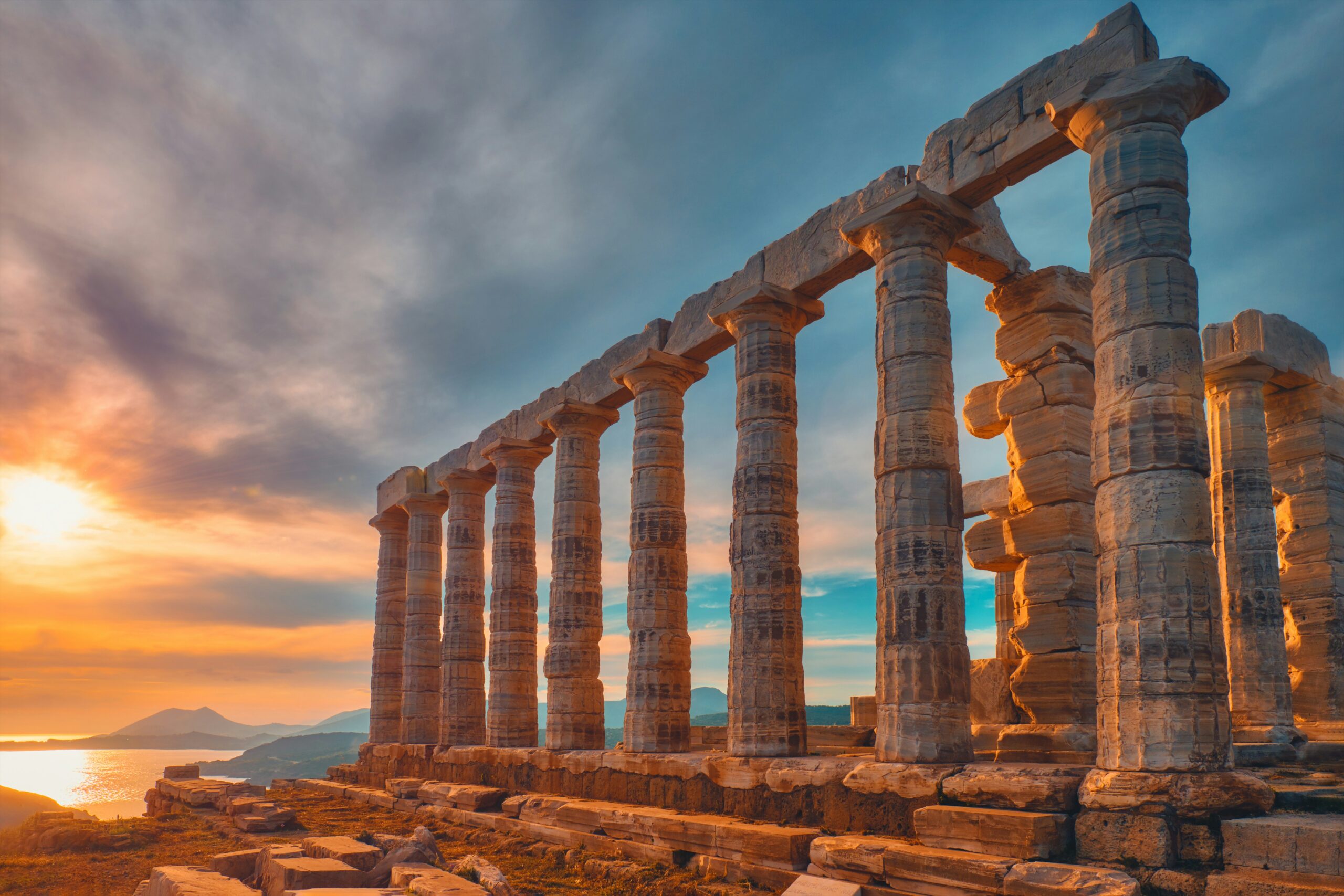What is the Parthenon and Why Does It Matter?
Nestled atop the Acropolis in Athens, the Parthenon was built between 447 and 432 BCE as a temple dedicated to the goddess Athena. Designed by architects Iktinos and Kallikrates, with sculpture work by Phidias, this marvel represents both the height of classical artistry and a deep alignment with mathematical precision. Its enduring influence on Western architecture underscores its importance. Even modern buildings, from government institutions to museums, echo the symmetry and style of the Parthenon.
Key Reasons the Parthenon is Iconic
- Architectural Innovation: The Parthenon uses the Golden Ratio, known for creating aesthetically pleasing proportions.
- Symbol of Democracy: Constructed during Athens’ golden age, the Parthenon reflects the values of democracy, freedom, and cultural excellence.
- Mythological Significance: Dedicated to Athena, it celebrates the protector of the city of Athens.
The Architecture of the Parthenon
The Parthenon’s architecture exemplifies Doric style but incorporates Ionic elements, creating a harmonious balance. Below is a breakdown of its key design elements:
| Element | Description | Influence |
|---|---|---|
| Columns | 46 outer Doric columns and 23 inner columns | Inspired countless Western structures |
| Entasis | Slight curvature in columns | Adds visual perfection |
| Stylobate | Curved base platform of the structure | Corrects optical illusions of flatness |
| Frieze | Continuous Ionic band depicting myths | Showcases cultural storytelling |
| Pediments | Triangular spaces housing sculptural scenes | Represents mythological moments |
| Proportions | Golden Ratio-guided dimensions | Creates visually pleasing balance |
| Material | Pentelic marble | Symbolizes permanence and beauty |
| Roof | Original wooden construction | Lost over centuries |
Tips for Exploring the Parthenon
If you’re lucky enough to visit this magnificent site in person, here are some tips to make your trip unforgettable:
- Pick the Right Time: Visit early in the morning or late afternoon to avoid crowds and capture the best photographs.
- Wear Comfortable Shoes: The Acropolis terrain can be uneven, so sturdy and comfortable footwear is essential.
- Hire a Guide: To understand the nuances of its history and architecture, a local guide or audio tour can enhance your experience.
- Visit the Acropolis Museum: Located nearby, the museum houses original friezes and sculptures from the Parthenon.
- Stay Hydrated: Athens can get warm, especially in the summer months, so bring water and sunscreen.
FAQs About the Parthenon
1. Why was the Parthenon built?
The Parthenon was constructed as a temple to honor Athena, the patron goddess of Athens. It also served as a treasury.
2. What happened to the Parthenon over time?
Throughout history, the Parthenon has undergone transformations, serving as a Christian church, a mosque, and a storehouse. It was also damaged during conflicts, including the 1687 explosion.
3. Is it still standing today?
While much of the original structure remains, the Parthenon is partly in ruins due to time and past destruction. Restoration projects preserve its iconic elements.
4. Can I take photos?
Yes! However, ensure you follow the rules and respect the site’s cultural significance.
5. How can I learn more about the Parthenon without visiting?
Explore online resources, including interactive tours and documentaries, or visit museums that house pieces of the Parthenon, such as the British Museum and the Acropolis Museum.
The Parthenon’s Enduring Legacy
The Parthenon stands as a testament to the ingenuity, artistry, and cultural achievements of Ancient Greece. Whether you’re a history enthusiast, an architecture student, or a traveler with Athens on your bucket list, its beauty and significance are impossible to ignore.
If you’re eager to deepen your understanding of classical architecture, consider visiting the Parthenon either in person or virtually. For more insights, check out our recommended resources for further exploration. Happy learning!



Leave a Reply